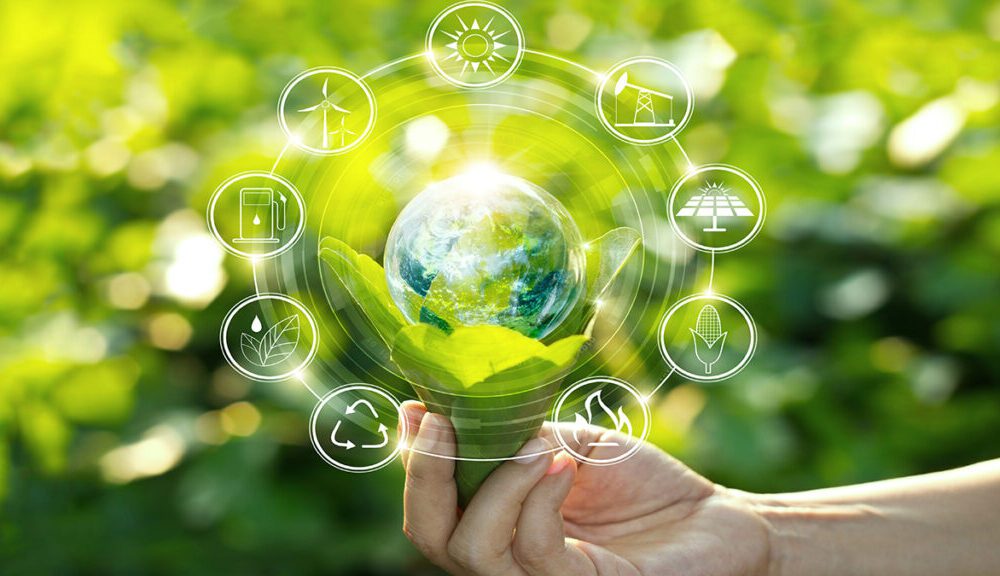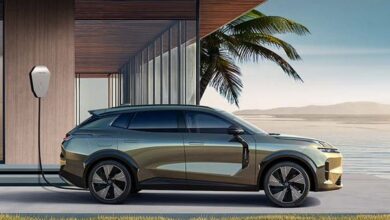Embrace Green Living with Smart Home Features and EV Charging Solutions

In the modern world, environmental sustainability is not just a choice but a necessity. As the climate crisis looms ever larger, homeowners and technology developers are united in pushing the boundaries of what’s possible; one of the most effective ways to reduce our carbon footprint is by incorporating smart technology into our homes and adopting electric vehicles (EVs).
Smart Home Technologies for Energy Efficiency
1. Smart Thermostats
Smart thermostats are at the forefront of energy-saving technologies. Devices like the Nest Thermostat or Ecobee use sensors and algorithms to learn your daily routine and adjust your home’s heating and cooling systems accordingly. This not only ensures optimal comfort but also reduces energy waste, saving homeowners an average of 10-12% on heating and 15% on cooling costs annually.
2. Intelligent Lighting Systems
LEDs have replaced older, inefficient bulbs, but smart lighting systems take efficiency to a new level. These systems, such as Philips Hue or Lutron, allow users to control lights remotely via smartphones or voice commands; you can schedule lights to turn off when not needed or adjust them based on natural light availability, significantly reducing electricity usage.
3. Automated Energy Management Systems
For those looking to maximize their home’s energy efficiency, automated energy management systems integrate various components of a home’s electrical network – lighting, appliances, heating, and cooling – into one centrally controlled system. This integration allows for real-time energy monitoring and management, drastically lowering energy consumption and utility bills.
Electric Vehicle Charging: Powering the Future
1. Home Charging Stations
As electric vehicles become more prevalent, home EV charging stations are becoming a must-have feature for eco-conscious homeowners. Solutions like the Tesla Wall Connector or ChargePoint Home Flex offer high-speed charging at the convenience of your driveway. Investing in a home charging station not only increases the convenience of owning an EV but also boosts your home’s market value. With companies like loveelectric.cars offering salary sacrifice schemes, there are even more financial benefits to owning an EV.
2. Smart Charging Apps
To complement physical charging stations, smart charging apps provide EV owners with the ability to optimize their charging schedule based on the lowest tariff periods. Apps like JuiceNet and ChargePoint integrate with your home charging station to automatically start charging when electricity rates are lowest, often during off-peak hours, reducing the cost and environmental impact.
3. Solar-Powered Charging
For the ultimate green charging solution, solar-powered EV charging combines photovoltaic panels with your charging station. This setup allows you to power your vehicle directly from the sun, drastically reducing your reliance on the grid and your carbon footprint – companies like SunPower and Tesla are leading the way in seamlessly integrating solar power with home charging systems.
Integration for Maximum Efficiency
The future of green living lies in the integration of smart home technologies and EV charging solutions into a cohesive, energy-efficient system. By connecting these technologies through a smart home hub, homeowners can monitor and control energy usage across all aspects, from appliances to EV charging, optimizing for both cost and environmental impact.
Technological Innovations on the Horizon
As the push for sustainable living grows stronger, the horizon of green technology is rapidly expanding with promising innovations.
Advanced Battery Storage Solutions
One of the most exciting developments in green technology is the advancement of battery storage capabilities. Modern batteries, such as solid-state batteries, offer higher energy density, faster charging times, and longer lifespans compared to their lithium-ion counterparts.
AI-Driven Energy Management
Artificial intelligence (AI) is revolutionizing the way we manage home energy consumption. AI systems can analyze data from various sources – such as weather forecasts, user behavior, and electricity price fluctuations – to optimize energy use in real-time; for example, AI can predict when to heat your home based on your return time, considering current weather conditions to minimize energy use while maximizing comfort.
High-Performance Insulating Materials
Materials such as vacuum insulation panels and aerogels offer far superior performance compared to traditional fibreglass or foam insulation; these materials can drastically reduce the energy needed for heating and cooling, which is one of the largest contributors to a household’s energy footprint. Moreover, innovations in phase-change materials (PCMs) are being explored, which absorb or release heat as they change states (e.g., from solid to liquid), helping maintain comfortable indoor temperatures with minimal energy input.
Energy-Generating Building Materials
The future of sustainable living also includes building materials that can generate energy. Photovoltaic glass, which can be used as windows or skylights, transforms solar energy into electricity while still allowing light to pass through. Similarly, researchers are developing ‘solar paint’, which can be applied to the exterior of buildings to harvest solar energy. These materials not only contribute to a building’s energy needs but also integrate seamlessly into the structure, enhancing aesthetic value and functionality.
Smart Water Management Systems
Smart water management systems use sensors and AI to optimize water use for irrigation, plumbing, and appliances. These systems can detect leaks, regulate water flow based on real-time usage data, and even recycle greywater for reuse in toilets or gardens, significantly reducing water wastage.
In Short
Adopting smart home features and EV charging solutions is more than just following a trend; it’s about making a conscious decision to contribute to a sustainable future meaningfully.





